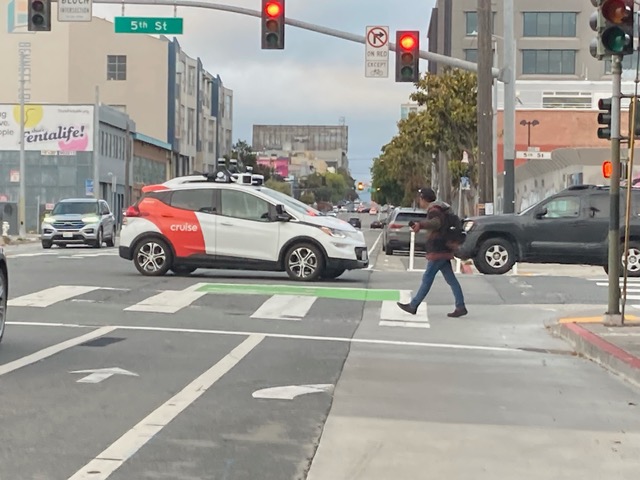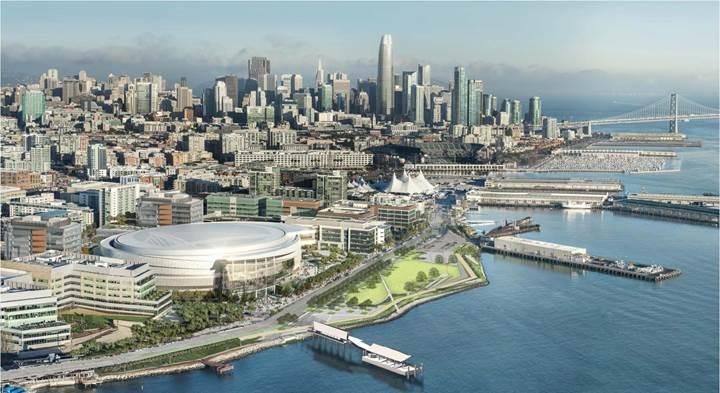by Annie Gaus : sfstandard – excerpt
Attorneys for the Coalition on Homelessness, which accused San Francisco officials of conducting illegal sweeps of homeless encampments, are seeking a settlement that includes filling vacant housing units and eliminating police from the enforcement of laws barring lodging in public.
“We all have a realistic sense of the potential risks and rewards of continued litigation,” wrote attorneys for the Lawyers’ Committee for Civil Rights of the San Francisco Bay Area and the American Civil Liberties Union of Northern California.
In a letter to City Attorney David Chiu, the attorneys laid out a proposed settlement framework with several provisions, including a requirement that the city fill an estimated 1,000 vacant supportive housing units and require that empty units be filled within 30 days
The proposed settlement also includes a provision that the city spend unused funds from Proposition C and Proposition I, two ballot measures intended to boost funding for homelessness services and supportive housing, and funding for affordable housing, respectively…(more)
I would add a demand that the city open more public restrooms to allow the public, including the homeless and demand a more reliable system for picking up trash on the public streets and sidewalks. They could re-purpose the funds that were going to buy expensive new trash cans for some of these purposes.


